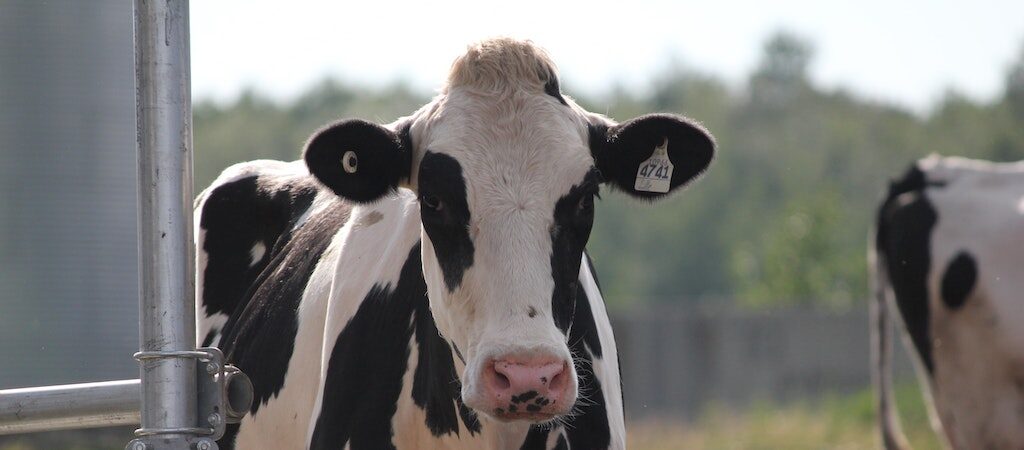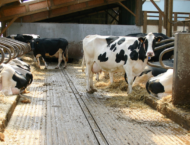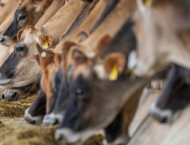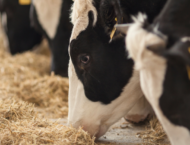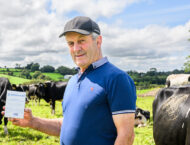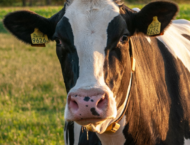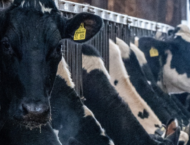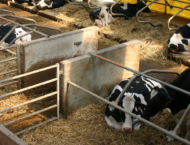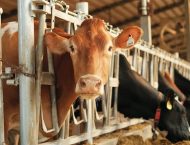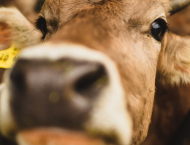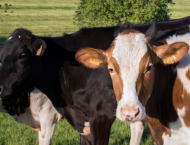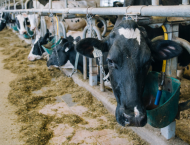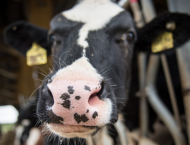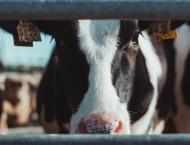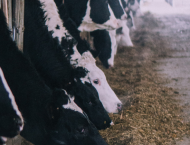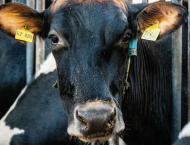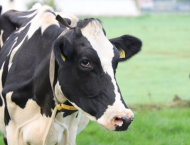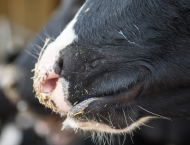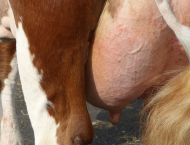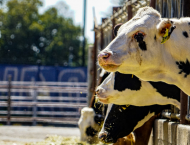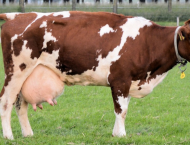Reproductive efficiency is critical in dairy herd management. Thus, when dairy cows fail to become pregnant, it should be looked at on different aspects on dairy farms.
Those cows that have no clinically evident reproductive pathologies, but show normal estrous cycles, and fail to become pregnant after 3 or more breedings are defined as repeat breeders.
These cows experience increased failure of fertilization due to uterine issues and mediocre management practices. In particular, insemination techniques and semen storage play roles in repeat breeding. Poor attention to these aspects will affect overall herd fertility.
Efficiency in the management of heat detection, nutrition, cow comfort are key factors in determining reproductive performances and are the starting points to reduce the incidence of repeat breeders. On most dairy farms improper decision making will influence reproductive efficiency more than infective events.
Embryonic mortality is quite common in repeat breeders, and the result is having prolonged interestrous intervals. Embryonic mortality may depend on different aspects (genetic factors, immune reactions, aged or incompetent oocytes, hormonal effects). Actually, it appears that embryonic mortality is a major factor contributing to repeat breeding.
Non-specific uterine infections are not main causes of repeat breeding, but specific viral and bacterial agents can lead to early embryonic death.
Embryonic mortality may also occur due to failure of embryonic implantation due to hostile uterine environment.
As a consequence, embryonic mortality means: decreased milk production due to retarded and less productive lactation, increased veterinary interventions, higher semen costs, fewer calves for sale, and higher culling and replacement rates and costs.
How to approach these issues? First thing, always seek veterinary advice to exclude any potential pathology and decide how to intervene.
When no specific disease is detected, prognosis for fertility is generally recommended and also other approaches (use of GnRH when inseminating, synchronizing of ovulation or uterine lavage, and, only in valuable cows, embryo transfer or oocyte aspiration) are generally attempted.
OZOLEA thought of a useful alternative for dairy farmers to manage minor uterus issues, in particular to act at uterus environment level. This alternative tool is called OZOLEA-METR.
It is a non-drug veterinary device for intra-uterine use, and the concept is similar to that behind OZOLEA-MAST: supporting tissue functionality by creating a film barrier in contact with the inner wall of the uterus.
When dealing with repeat breeders, it is necessary to apply OZOLEA-METR 24 h after insemination. In this range time the embryo is forming in the tubes but before it descends towards the uterus for implantation.
In post-insemination OZOLEA-METR, once inserted into the uterus, forms a thin filming barrier in contact with the endometrium, allowing the tissue to regenerate and provide the best conditions for the embryo implantation.
Read these articles to find out more about cow comfort to reduce udder and uterus issues
A comfortable pre-calving period for less stressed fresh cows
How to tackle challenging springtime SCC spikes

